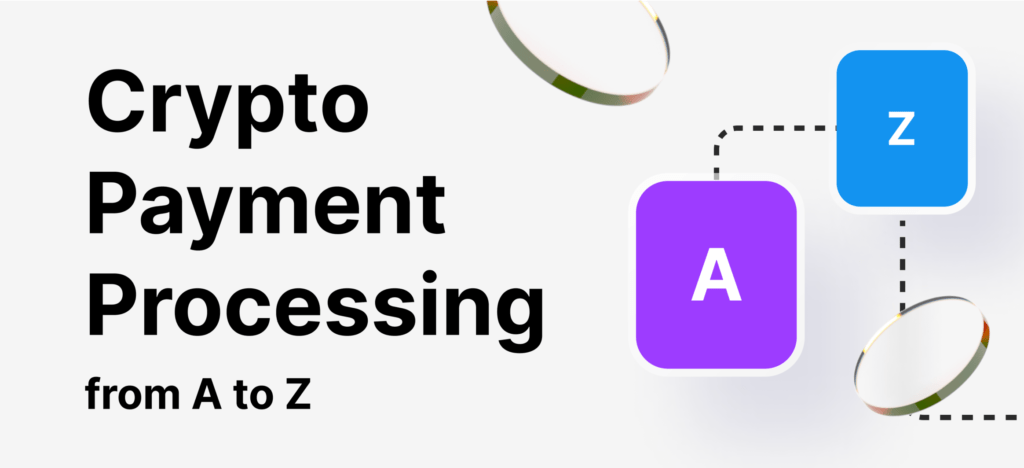The digital revolution has brought about innovative financial technologies that challenge traditional banking and payment systems. Among these innovations, cryptocurrency payment systems stand out for their decentralization, promising a new era of financial transactions. Unlike conventional systems where transactions are processed and controlled by central entities such as banks or governments, crypto payment systems operate on a peer-to-peer basis.
This decentralization is powered by blockchain technology, ensuring transparency, security, and integrity of transactions without the need for intermediaries. This introduction explores the concept and significance of decentralized transactions within the crypto payment ecosystem, highlighting their potential to transform the financial landscape.
The Evolution of Payment Systems
The journey from barter systems to digital transactions reflects humanity’s quest for more efficient, secure, and inclusive financial systems. Traditional payment systems have evolved significantly, driven by technological advancements and the need for convenience. However, these systems often rely on centralized authorities like banks, which can lead to inefficiencies and vulnerabilities. The introduction of cryptocurrencies and blockchain technology marked the beginning of decentralized transactions, offering a radical alternative.
Decentralized transactions leverage cryptographic principles and a distributed ledger to enable secure, direct exchanges of value. This shift not only challenges the status quo of financial transactions but also sets the stage for a more democratized financial ecosystem.
How Crypto Payment Systems Work
Crypto payment systems utilize blockchain technology, a decentralized ledger that records all transactions across a network of computers. This ensures that each transaction is secure, transparent, and immutable. When a user initiates a crypto transaction, it is broadcasted to the network and verified by participants known as miners or validators, depending on the blockchain protocol.
These validators use complex algorithms to confirm the transaction’s validity. Once verified, the transaction is added to a block, which is then chained to previous blocks, creating a blockchain. This process ensures that all transactions are securely recorded without the need for a central authority, reducing the risk of fraud and tampering. The decentralized nature of blockchain technology not only enhances security but also enables faster and more cost-efficient transactions compared to traditional banking systems.
Benefits of Decentralized Transactions (400 words)
Security Enhancements
Decentralized transactions offer robust security features. By distributing data across a network, blockchain technology eliminates single points of failure, making it extremely difficult for hackers to compromise the system. Additionally, cryptographic protocols ensure the authenticity and integrity of transactions, protecting them from fraud and unauthorized access.
Reduced Transaction Costs
Without intermediaries, decentralized transactions significantly reduce the fees associated with transfers, especially for cross-border payments. Traditional financial systems involve various intermediaries, each adding their own fees. Crypto payment systems, by contrast, have minimal transaction fees, making them an attractive option for both consumers and businesses.
Speed and Accessibility
Crypto transactions are processed almost instantaneously, regardless of the geographical location of the parties involved. This speed is a stark contrast to traditional banking transactions, which can take days for cross-border payments. Moreover, The crypto payment system is accessible to anyone with an internet connection, providing financial services to unbanked and underbanked populations worldwide.
Financial Inclusion
Decentralized transactions play a critical role in enhancing financial inclusion. They offer access to financial services for individuals who are excluded from the traditional banking system due to a lack of documentation, credit history, or geographical barriers. By enabling direct transactions between parties, cryptocurrencies can empower people globally, fostering economic participation and growth.
Challenges Facing Crypto Payment Systems (200 words)
Despite their advantages, crypto payment systems face several challenges. Cryptocurrency volatility poses a significant risk for users and businesses, affecting transaction stability and predictability. Regulatory challenges also loom large, as governments and financial authorities grapple with how to classify, regulate, and tax cryptocurrencies. Additionally, scalability and performance issues have emerged as more users adopt cryptocurrencies, leading to network congestion and increased transaction fees. These challenges highlight the need for ongoing innovation and adaptation within the crypto payment ecosystem.
The Future of Decentralized Transactions (200 words)
The future of decentralized transactions looks promising, with advancements in blockchain technology addressing current limitations. Innovations like layer-2 solutions and blockchain interoperability aim to improve scalability, reduce costs, and enhance transaction speeds. Furthermore, as regulatory frameworks around cryptocurrencies mature, we can expect greater integration with traditional financial systems, expanding the use and acceptance of crypto payments.
The potential for decentralized transactions to drive global economic inclusion, reduce financial inequalities, and revolutionize the way we think about money is immense. As technology evolves, the promise of crypto payment systems continues to unfold, heralding a new chapter in the history of financial transactions.

